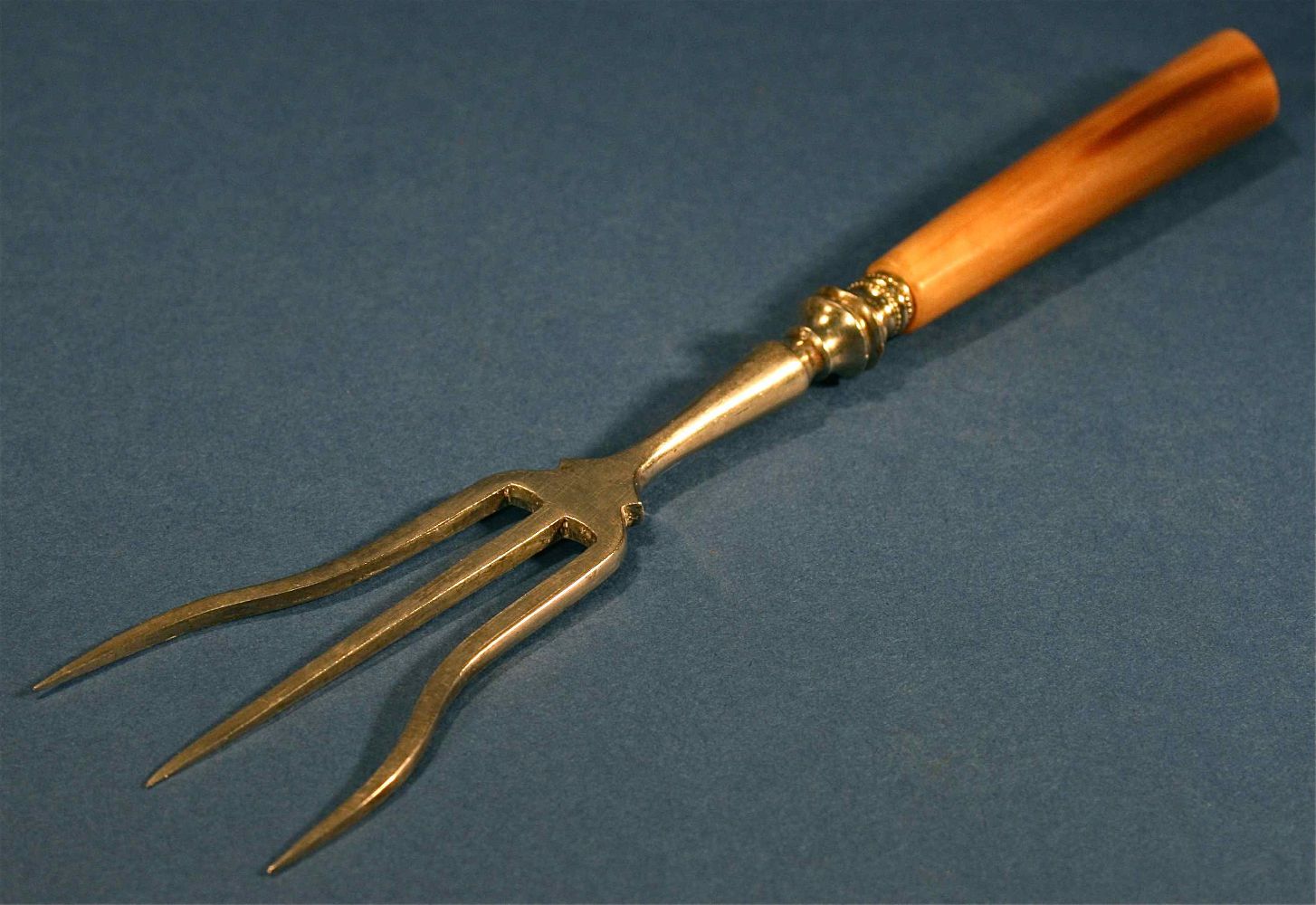

Title: Antique Victorian Silver Horn Fork Dining Meat Tool Utensil
Shipping: $29.00
Artist: N/A
Period: 20th Century
History: N/A
Origin: N/A
Condition: Museum Quality
Item Date: 1930 to 1940
Item ID: 5368
Antique Meat Serving Silver Plated Fork with Horn Handle: This is a vintage horn handles carving fork or meat serving fork made in the 1930-1940s. The fork is made of Silver or nickel plated steel. The business end of this fork is very strong and sturdy. The handle has that worn, vintage farmhouse look. You could use this for decorating or to stab a big steak off the grill. This looks to be an antique one of a kind item. Please see all of the posted photos. We are committed to enhancing our customer’s lives by discovering creating, and pointing out only the best art objects we can find in the world today. Discover rare & interesting edited art objects instantly!
Link: http://en.wikipedia.org/wiki/Silver
Silver is a metallic chemical element with the chemical symbol Ag (Latin: argentum, from the Indo-European root *arg- for "grey" or "shining") and atomic number 47. A soft, white, lustrous transition metal, it has the highest electrical conductivity of any element and the highest thermal conductivity of any metal. The metal occurs naturally in its pure, free form (native silver), as an alloy with gold and other metals, and in minerals such as argentite and chlorargyrite. Most silver is produced as a byproduct of copper, gold, lead, and zinc refining.
Silver has long been valued as a precious metal, and it is used as an investment, to make ornaments, jewelry, high-value tableware, utensils (hence the term silverware), and currency coins. Today, silver metal is also used in electrical contacts and conductors, in mirrors and in catalysis of chemical reactions. Its compounds are used in photographic film, and dilute silver nitrate solutions and other silver compounds are used as disinfectants and microbiocides. While many medical antimicrobial uses of silver have been supplanted by antibiotics, further research into clinical potential continues.